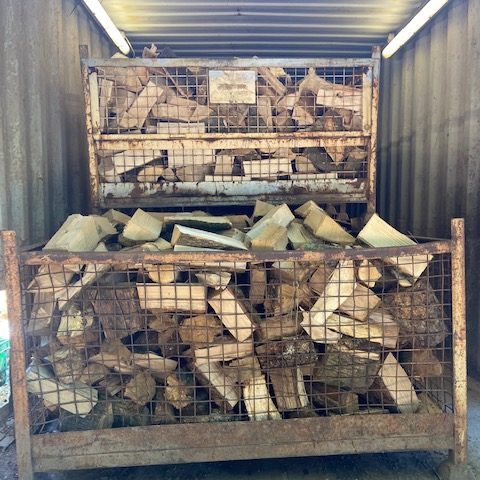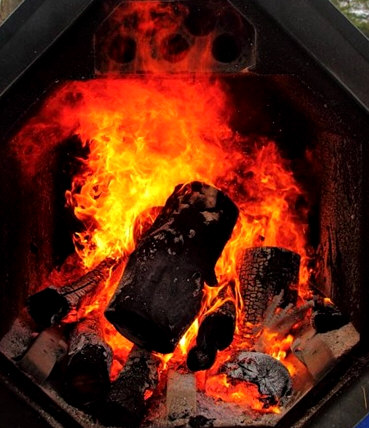The benefits of using kiln-dried logs
The right type of wood is essential for getting the most out of your wood-burning stove. For example, ten kiln-dried logs with a water content of 25% or less generate the same heat output as thirty-three logs with a water content of around 60% (typically unseasoned wood). This equates to burning more than three non-seasoned logs for every kiln-dried log.

Using fewer kiln-dried logs means better control of the stove and fewer loads. The fire burns cleaner and hotter with kiln-dried logs and the stove window is less likely to soot up. If you are burning on an open fire there is much less spitting and sizzling, which means that it's much safer and better for your chimney.
The bright flame and gorgeous wood fire smell makes kiln-dried logs much more aesthetically pleasing and creates that real fire ambiance that everyone loves.
So, what about the bottom line - cost? Although kiln-dried are more expensive than non-dried logs, bearing in mind that for every one kiln-dried log you'll need at least three normal wood logs, the benefits become immediately apparent for both heat output and cost. On balance, the combined benefits of efficiency, smoke-reduction, longer burning time, cleanliness, weight and aesthetics, make investing in kiln-dried logs a cost-effective option.

